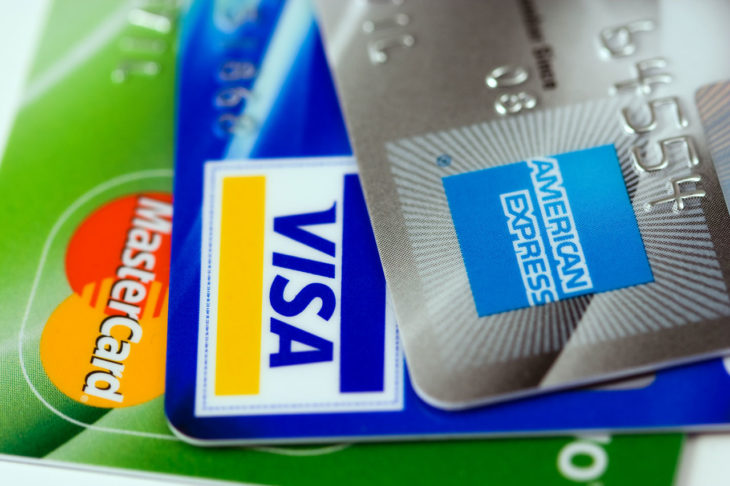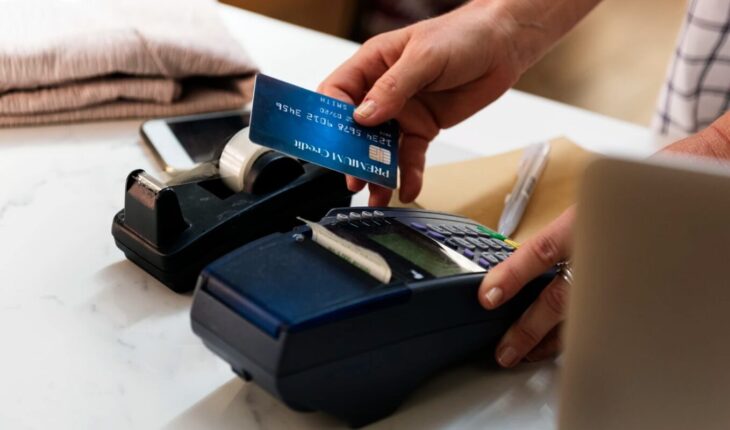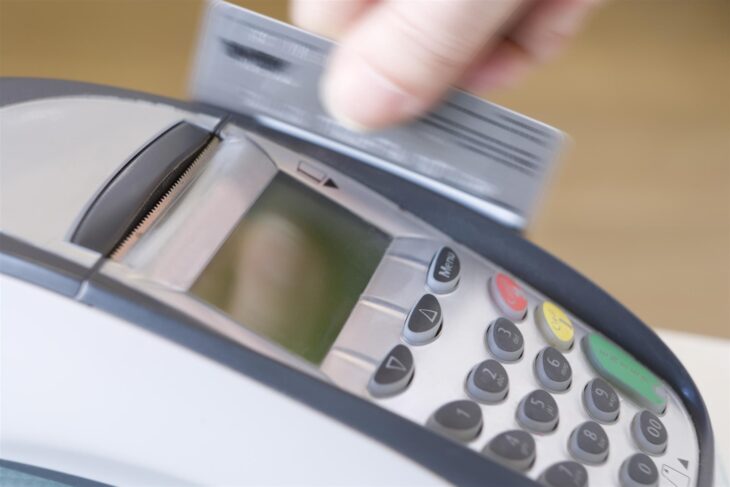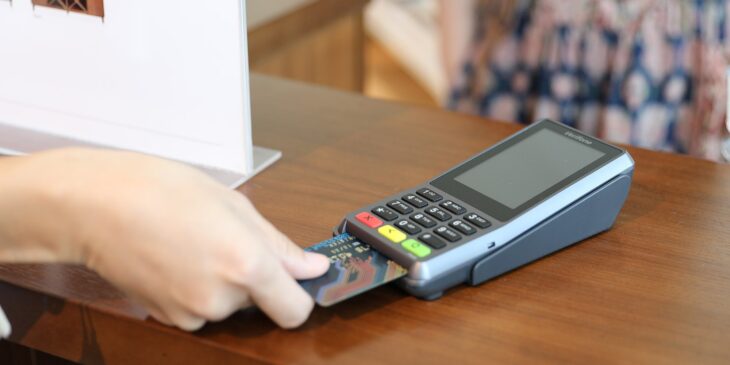Starting your own business in this modern market is easier than ever. In just a few minutes, you can have your own website running and open to the public where they will be able to purchase your products or hire your services. But, you can just add your own personal credit card and expect that you will be able to receive payments. It is a bit more complicated than that. You will need to have a merchant account that will allow such transactions.
For those that have just become a business owner, the idea of merchant accounts might be confusing but do not worry it is quite simple. Here, I’ll explain it to you as fast as possible. It is basically an account that is in an agreement with a bank, payment processor, and a retailer. By creating this agreement, you are legally allowed to receive payments related to your business.
However, creating such an account may not be as simple. There are some confusing steps in the process that might leave you wondering. To help you, here is a short guide for 2024 that is filled with several tips regarding the creation of a merchant account.
Contents
1. Pick your credit card brand

Source: viewfromthewing
One of the first things you will need to do is which credit card brand you want to work with. There are tons of them on the market, but not everyone will be the right option for you. I would advise that you do enough research before you make any kind of decision.
Honestly, I think that the best way to make the right decision regarding this dilemma is to just go for the most popular brands. Sure, Chase, CitiBank, and American Express might have a bit more benefits, but the reality is that Visa and MasterCard have at least double the number of cardholders. In fact, Visa has more than 300 million cardholders and is the most widely accepted by merchants. It seems like going for Visa might your best option.
A great alternative is MasterCard since it has almost 250 million cardholders which is quite a huge number. It can process transactions in almost every country in the world and can work with all kinds of currencies.
2. Choose the payment gateway

Source: paysimple
Assuming that your business will have an online presence such as selling your products on your websites and advertising your company on the Internet, you must pick a payment gateway. The payment gateway that you will pick will have a great role in the experience your clients will have while purchasing products. You will need to do some research to determine which one satisfies your requirements.
Keep in mind, the transactions through payment gateways need to be as secure and as safe as possible.
iPayTotal claims that a payment gateway needs to have several layers of security to help clients feel safe while using it. You wouldn’t your company to be at fault when a certain customer’s credit card information is leaked, right? You should treat their bank information like it is yours.
3. Pick a bank

Source: fattmerchant
Once you have determined which credit card brand and payment gateway you are going to use, it is time to find the bank that will satisfy all of your needs. This may be the more complicated process of creating a merchant account. It is essential that you find a bank that will offer good performance, but the rates they offer are also important.
Most business owners usually go for big and famous worldwide banks, but you might actually benefit from a local one a lot more. Local ones usually have cheaper rates which are always good for start-up companies. Although, if you plan on becoming an international business, I wouldn’t recommend working with a local bank. In the end, it is up to you to check out all the different pros and cons which will ultimately help you make the right decision.
4. Get your website ready

Source: business2community
Once you have made all of these other major decisions, it is time to prepare your website for payment processing. This is the place where most of your customers will be sorting through your products and purchasing them. It is your obligation to make their experience as smooth and quick as possible. Make sure there are no hiccups or bugs related to the payment of processing. Ensure that your domain will be able to handle payment service providers and which credit card brands (Visa, MasterCard, etc.)
5. Make sure you have all the documents ready

Source: startuploans
Just like making a regular bank account, you will need to have certain information ready that will be required by the bank. They will have to process all that information to determine whether you are eligible for a merchant account, whether your business is legitimate, etc. They can’t just accept everyone’s application. Who knows what kind of scams people could start.
First, ensure that you have all the needed documents regarding your personal information. Once you make sure that you have all of those documents ready, you start preparing all of the business-related documents.
6. Submit the application

Source: woocommerce
The hardest part is over and you are almost done. You have made all of the important decisions regarding the merchant account, you have all of the documentation ready and your website is prepared. All that is left to do is to submit the application. You can do this either online or physically at a bank. Choose whichever of these ways feels more comfortable to you. Give them all of the documents and the application. You are done.
Of course, they will probably need a couple of hours or maybe even a couple of days to determine whether everything is right regarding your application. After that, they will inform you whether it has been declined or accepted.
By following all of these tips I mentioned in this guide for 2024, I am sure that everything will be right as rain and your application for a merchant account will be accepted.
